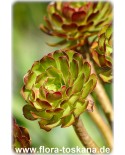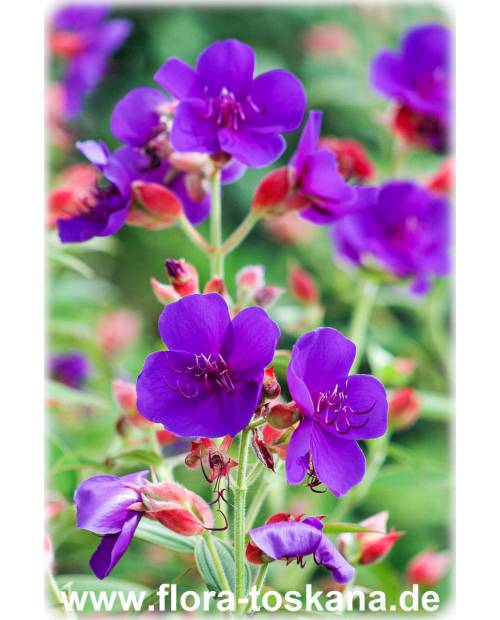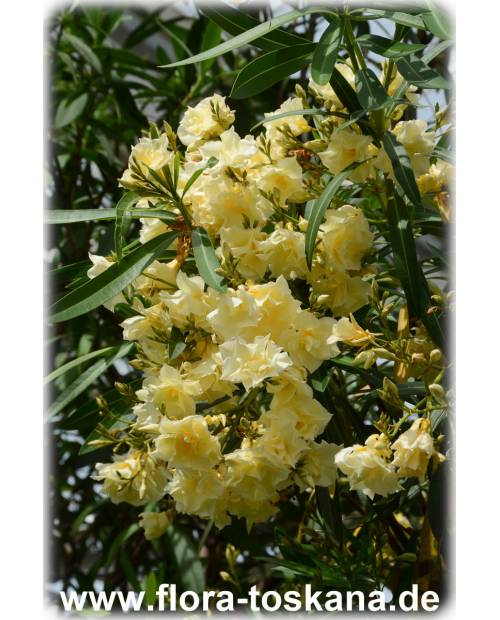Aeonium arboreum - Tree Aeonium, Velvet Rose
The fleshy leaves of the Tree Aeonium (Aeonium arboreum) form terminal rosettes, green or red, which will make the hearts of fans of succulent gems beat faster.
Due to its candelabra-like branched shape and the arrangement of its leaves similar to the flower of a rose the Tree Aenium (Aeonium arboreum) looks attractive all year round. In late winter older specimens produce up to 30 cm high, yellow inflorescences. The variety ‘Atropurpurea’ has dark red leaves, the coloration of which is all the more intense the sunnier the rarely more than knee-high succulents stand. In winter, when the plants are moved indoors or in a conservatory, it is normal for the leaves to turn more green due to the lack of light. In spring they will turn red again. Aeonium arboreum is very easy to care for: it needs only little water, occasionally some fertilizer and every few years a new pot.![]() Quality: small growing ornamental foliage plant; impressive inflorescences; easy to care for and long living
Quality: small growing ornamental foliage plant; impressive inflorescences; easy to care for and long living![]() Use: in pots from April/May to September/October outdoors on balcony, terrace and in the garden - during winter in the house; all year round in the house or a greenhouse or conservatory
Use: in pots from April/May to September/October outdoors on balcony, terrace and in the garden - during winter in the house; all year round in the house or a greenhouse or conservatory
Data sheet
- Family
- Crassulaceae
- Origin
- Africa
- Flowering period
- Winter
- Color of flowers
- Yellow
- Growth
- Palm
- Location
- Full sun
- winter temperature
- 10 (±10)°C
- Minimum temperature
- 0 °C
- Hardiness Zones
- 9
- Height
- 0,2 - 0,5 m
You might also like
Customers who bought this product also bought:


























































